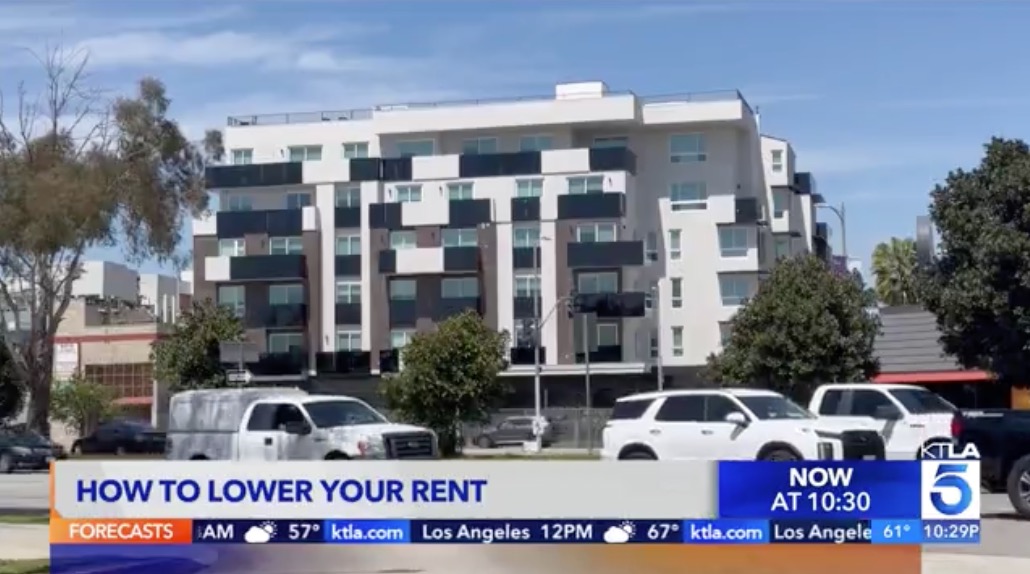As the largest rental listing platform by inventory, Dwellsy is fortunate to have deeper and broader rental listing data than any other platform in existence today.
Each month, we mine listings from the 13M+ rentals that list with us to understand how rent prices change over time.
Here’s a primer on the methodology we use to show the most accurate and up-to-date rental data possible.
Asking rent vs. in-place rents
As a marketplace for renters and landlords, Dwellsy receives listings from landlords and displays those to renters so they can find their next home. In that process, we get a tremendous amount of “asking rent” data.
Asking rent is the amount of rent that the landlord is “asking for” in the process of renting their apartments.
Asking rent often changes over time in the course of the listing process. The landlord’s first version of their listing may ask $1,200/month for a one-bedroom apartment, and then they usually adjust the pricing up or down from there.
Is the rental not renting right away? The landlord may lower the rental price to $1,100/month to make it more attractive. Is the landlord overrun by demand for the rental? They may increase the price to $1,300, realizing that they’ve underpriced it. This often happens multiple times in the process of finding a renter for an apartment or home.
In some cases, there are multiple listing agents for a rental, and those agents may offer the rental at different prices simultaneously or sequentially.
As a result, a given property may have multiple “asking rents” during the period in which it was offered.
In-place rents are those paid by renters who are already in their homes or apartments. These rents are often well below the current market price, perhaps because of rent control or rent stabilization, but more often it’s just because the landlord has never attempted to charge a market rent rate.
Dwellsy does not have this data, and, to the best of our knowledge, the only source for this type of data is the U.S. Census Bureau, which collects it as part of its American Community Survey.
We use the median asking rent for each unique rental offered during a given time period.
Rental Type
There’s a nearly infinite variety of rental homes in this country, so we needed to make a decision about what type of rental or rentals to provide prices for.
Some provide an aggregated “rental price” that represents all rentals. This has the virtue of simplicity and ease of communication, but it also brings several challenges.
Challenge #1: Lack of Specificity It’s impossible to say what type of unit an aggregated rental price represents. Is it a 1 bedroom apartment? A 3-bedroom apartment? A 2-bedroom house? Because this type of statistic is divorced from the underlying property type, it’s hard to say what you can actually get for it and it is not as useful to the searching renter or listing landlord.
Challenge #2: Asymmetrical Data. The data set for rental prices has far more room to go up than down (there are places that rent for $20,000/month, but none for less than $0), so this type of analysis has a tendency to overweight larger places and more expensive places more heavily.
Challenge #3: Increased Sample Bias. The rental market is constantly shifting and there are times when there is more inventory in specific asset classes. Specifically, in recent years there has been a heavier emphasis on rental houses (vs. apartments), so a sample that doesn’t differentiate, can cause an aggregate price to increase disproportionately, just because the sample is different, not because the prices have actually moved.
The other primary option is to provide analyses for specific asset types. This isn’t perfect either, but it does resolve the problems above for the most part.
The biggest drawback of this approach is that it leaves out much of the data because there are large swaths of the rental market that just don’t get included in the analysis. So, if the market for larger properties is moving more aggressively, this won’t catch that.
Here at Dwellsy, we look at two property types: 1-bedroom apartments and 3-bedroom houses. This provides representative statistics for the most common type of rental apartment and rental home.
Sample Scale
In an ideal world, Dwellsy would have the data for every available rental in the country and be able to analyze all of them.
We’re working on that and getting closer every day (we’re currently at about 28% of the U.S. rental inventory), but we’re not there yet.
Each month, roughly 2-3% of rentals become available, so in a typical month, we have 350,000-400,000 unique rentals to examine for pricing data.
By looking at only 1-bedroom apartments and 3-bedroom homes in our dataset, we are using only 30-40% of the overall data we have.
For larger cities, we will have several thousand data points for each analysis, but for smaller ones, we may have several hundred or fewer. As a result, we cut off our analysis at a level where we have statistical significance for each market, and show analysis for about 250 cities in total.
Sample Bias
With any analysis, it’s critical to examine the underlying data for bias.
Our dataset is one of the least biased samples available in the market, because not only is it very large, but it also isn’t biased by paywalls.
Why are paywalls important? Others that provide asking rent analyses do so based on a foundation of data that is drawn from listings that are paid placements.
These paid placements are overwhelmingly paid for by landlords who own or manage large communities with many premium amenities and other more expensive properties. The result is that these samples have a distinct “luxury bias.”
Dwellsy’s listings are free to every landlord in the country and we have a broad and deep inventory of rentals at all price points as a result. While there is still some inherent sample bias in the decision to list with Dwellsy and in the level of technical sophistication necessary to use an online listing platform, we believe our sample is less biased than any other large sample as a result of our business model and the data sourced as a result.
Availability
Rental availability can be a little tough to pin down. Unlike the for-sale market, where a single broker controls the listing for a property, in the rentals market there are often multiple listings for the same property. This is particularly exacerbated in markets like New York and Boston, where brokers are active.
Plus, properties are active for widely variable amounts of time. Some are rented within hours, while others may take weeks or even months to get rented.
Dwellsy regards availability a little like a party. The first listing for each unique rental unit (house or apartment) that goes up starts the party, and the last that goes down ends the party and turns the lights out.
Any property that “has a party” in a given month gets included in that month’s analysis.
Weighting Across Markets
Dwellsy provides both local statistics for over 250 metropolitan areas as well as a national data point for both 1-bedroom apartments and 3-bedroom homes.
In the computation of the national data points each month, we take the national median across all listings in our dataset for each of the two property types we look at.
This has the benefit of simplicity and population weighting. It also has the risk of sample bias, since larger communities tend to have more renters (and therefore more rentals) than smaller cities.
Median vs. Average
We use the median of the data set for each property type because of the fact that rent prices can be priced up to $20,000 and beyond, but cannot go below $0. This asymmetrical data creates a situation in which the average and the median are substantially different and the average is always higher than the median.
Dwellsy believes the median is the most representative for this analysis since it more accurately represents what renters are actually seeing and paying when it comes to rentals.
Sample Corrections
We have a baseline belief here at Dwellsy, and that is that the rent data we release should be as closely representative of the actual picture that renters are seeing when they look for a new rental.
For example, there are situations in smaller cities where a large new apartment community opens, substantially changing the nature of the data for a period of time.
We could correct for this type of situation, but the reality of it is that that is what the renter shopping for a new place is actually seeing, and we don’t want to diverge from that principle.








